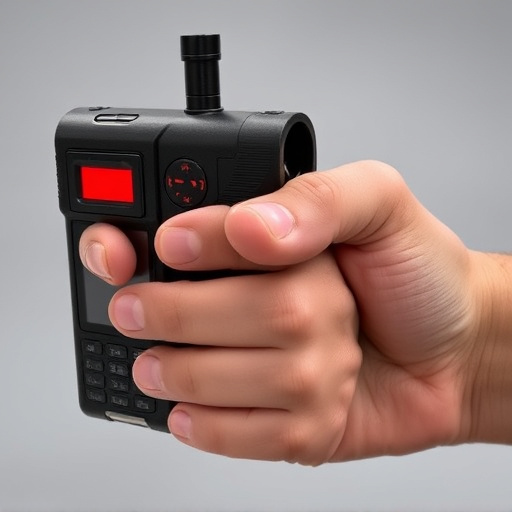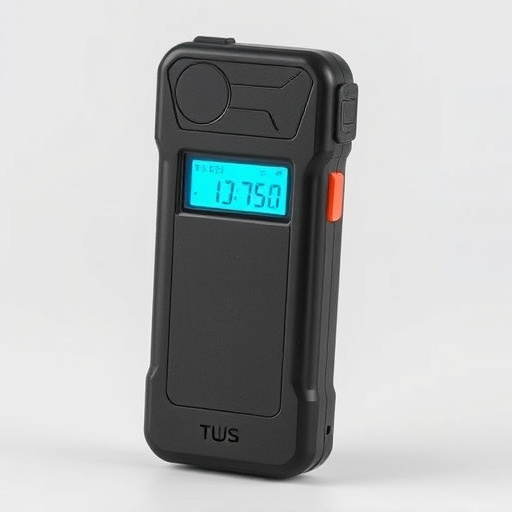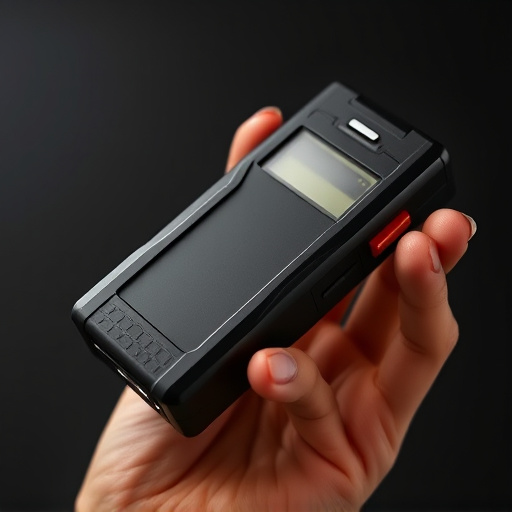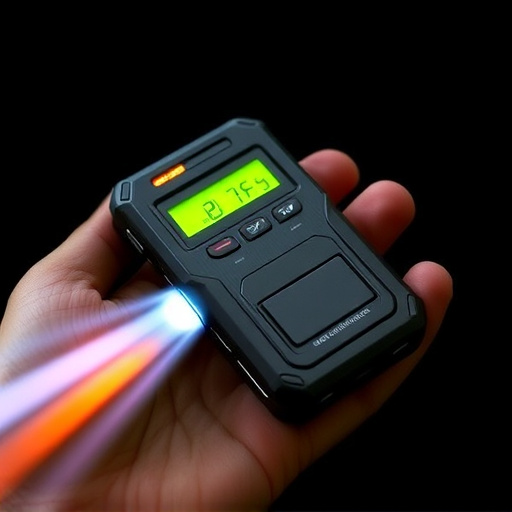Voltage, essential for electric current, interacts uniquely with materials like clothing, especially in modern self-defense tools like stun guns disguised as smartphones. Thicker fabrics provide better protection due to their insulating properties, significantly reducing the effectiveness of these devices against well-protected targets. The penetration depth of voltage from such stun guns varies based on electrical parameters, clothing type, garment thickness, electrode design, and environmental conditions. Safety and legal considerations are paramount when using or possessing stun guns that look like cell phones, with age verification, background checks, and adherence to regional regulations being crucial.
Voltage penetration through thick clothing is a fascinating yet often overlooked aspect of electrical safety. In an era where hidden self-defense devices, such as stun guns disguised as cell phones, are becoming more prevalent, understanding how voltage behaves when it encounters different fabrics is crucial. This article delves into the science behind voltage and its interaction with clothing, exploring factors like thickness and material composition that influence penetration depth. We also examine legal considerations and safety tips related to these discreet self-defense tools.
- Understanding Voltage and Its Behavior
- The Impact of Clothing Thickness
- Stun Guns: Disguised as Cell Phones
- Factors Affecting Penetration Depth
- Safety Considerations and Legal Aspects
Understanding Voltage and Its Behavior

Voltage, the driving force behind electric current, is a fundamental concept in understanding how energy flows through various mediums. When it encounters an obstacle like thick clothing, its behavior becomes intriguing and often misunderstood. The penetration of voltage through materials is influenced by factors such as conductivity, resistance, and the physical structure of the fabric.
In the context of modern self-defense tools, consider a stun gun that resembles a cell phone. These devices utilize high voltage to disrupt an assailant’s muscular control, rendering them temporarily incapacitated. When deployed against thick clothing, the voltage must penetrate to reach and affect nervous systems. This raises questions about the effectiveness of such devices against well-protected targets, highlighting the importance of material science in understanding how electrical energy interacts with different fabrics.
The Impact of Clothing Thickness

The thickness of clothing can significantly impact the penetration of voltage from devices like a stun gun that looks like a cell phone. In general, thicker materials provide better protection against electrical current by acting as insulators and diverting or blocking the flow of electricity. This is why bulletproof vests, for instance, use specialized fabrics to stop projectiles—a similar principle applies to high-voltage protection.
When considering a stun gun disguised as a cell phone, the effectiveness of its jolt decreases with increasing clothing thickness. While these devices are designed to penetrate lighter materials like fabric, a thick coat or multiple layers can significantly reduce their impact. This is not just about the material’s electrical resistance but also how it compresses or deforms under pressure, potentially altering the current’s path and reducing its intensity at the point of contact.
Stun Guns: Disguised as Cell Phones

Stun guns have evolved in design, with one notable trend being the creation of devices that resemble everyday items, such as cell phones. These disguised stun guns offer a unique take on personal protection, blending functionality with stealth. On the surface, they appear as sleek smartphones, complete with touchscreens and slim designs. However, beneath this innocent facade lies a powerful tool capable of delivering a significant electric shock. This innovative approach makes it easier for individuals to carry and deploy self-defense mechanisms discreetly, ensuring that help is just a trigger pull away without drawing unnecessary attention.
The stun gun that looks like a cell phone provides users with the convenience of combining their daily accessory with a life-saving device. Their compact size allows them to fit comfortably in pockets or purses, ready for quick access if needed. This level of integration can be particularly appealing to those who prioritize discretion while seeking protection during travel or everyday outings. With advanced technology, these devices offer reliable performance and added peace of mind, proving that sometimes the most powerful tools come in the smallest, unassuming packages.
Factors Affecting Penetration Depth

The depth to which voltage from a stun device, such as a stun gun disguised as a cell phone, can penetrate thick clothing varies based on several key factors. First, the electrical current and voltage produced by the stun gun play a significant role. Higher voltage levels generally result in deeper penetration, assuming all other conditions remain constant. The type of clothing is another critical variable; while materials like denim or leather may offer some resistance, they won’t stop the electric current entirely. Thicker garments provide more barriers for the electrical charge to pass through, but even heavy fabrics can’t contain the flow of electricity indefinitely.
Additionally, the thickness and density of the clothing layer matter. A single layer of thick fabric is less effective in stopping voltage than multiple layers of thinner material. The shape and design of the stun gun’s electrodes also influence penetration depth; precise, focused probes can penetrate deeper into tightly woven fabrics compared to broader, flatter surfaces. Environmental conditions, such as moisture or body heat, can alter the conductance of clothing, potentially affecting how electricity flows through it.
Safety Considerations and Legal Aspects

When considering the use of voltage penetration through thick clothing, it’s paramount to discuss safety considerations and legal aspects. Stun guns that look like cell phones, for instance, are designed with safety in mind, featuring features like automatic shut-off mechanisms after a few seconds to prevent excessive use. However, users must still follow strict protocols to ensure personal safety and the safety of others around them. These include keeping the device away from children, ensuring proper training on its usage, and adhering to local laws that govern the carrying and use of such devices.
Legally, stun guns are subject to varying regulations across different jurisdictions. Some regions have strict restrictions on their carriage or even possession without a license. Others allow them under certain conditions, often for self-defense purposes. It’s crucial for users to familiarize themselves with these laws to avoid legal repercussions. Additionally, manufacturers and retailers play a vital role in ensuring that only authorized and properly trained individuals gain access to such devices by implementing stringent age verification and background check procedures.
In understanding voltage penetration through thick clothing, we’ve explored key aspects from the behavior of voltage to the impact of fabric thickness. We also delved into the unique case of stun guns disguised as cell phones, highlighting their potential implications and risks. Several factors influence the depth of penetration, underscoring the importance of safety considerations and legal awareness. By staying informed about these dynamics, users can make more responsible decisions when it comes to personal protection and compliance with relevant regulations, especially in the context of modern, sleek designs like stun guns that mimic cell phones.
